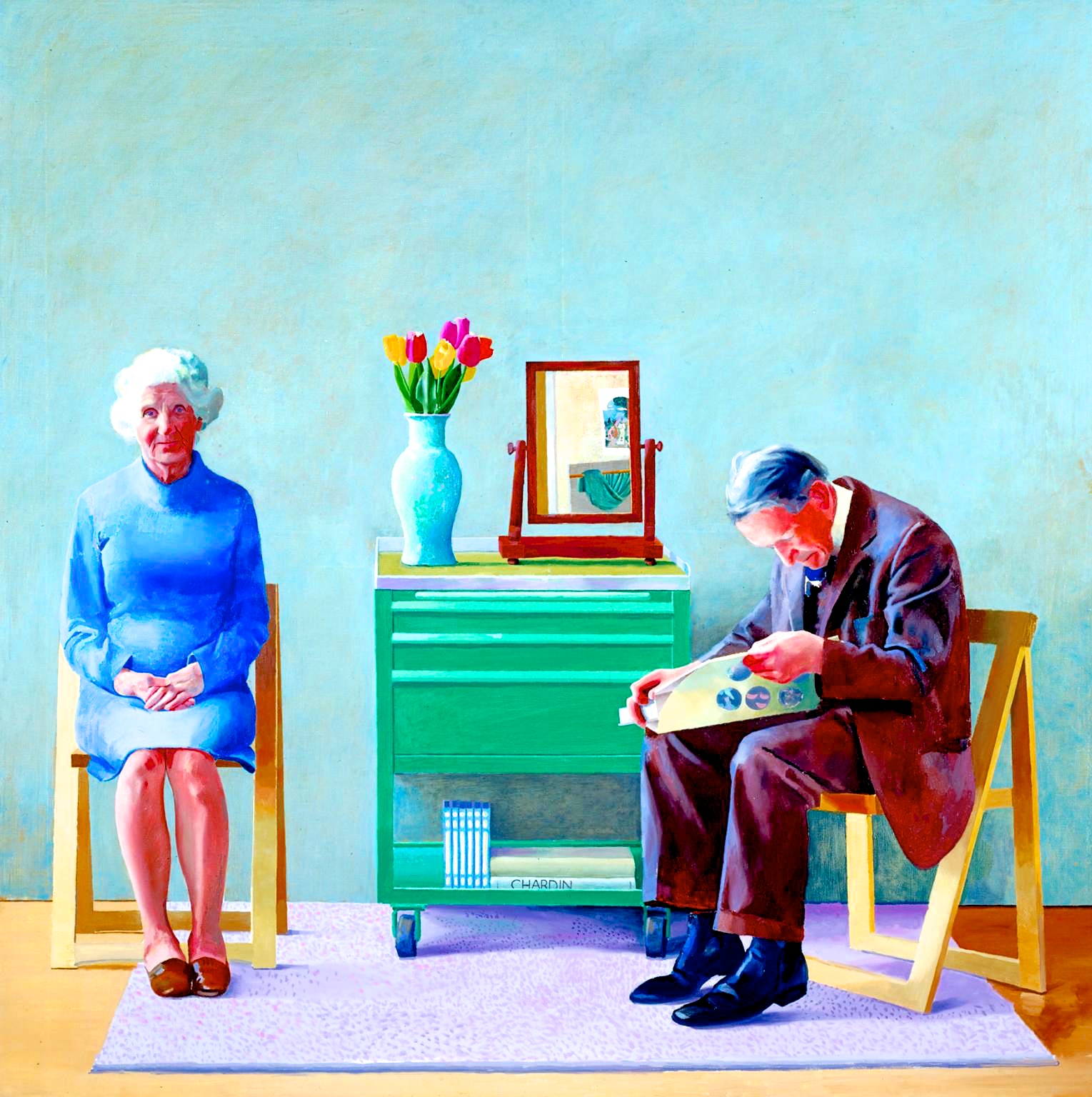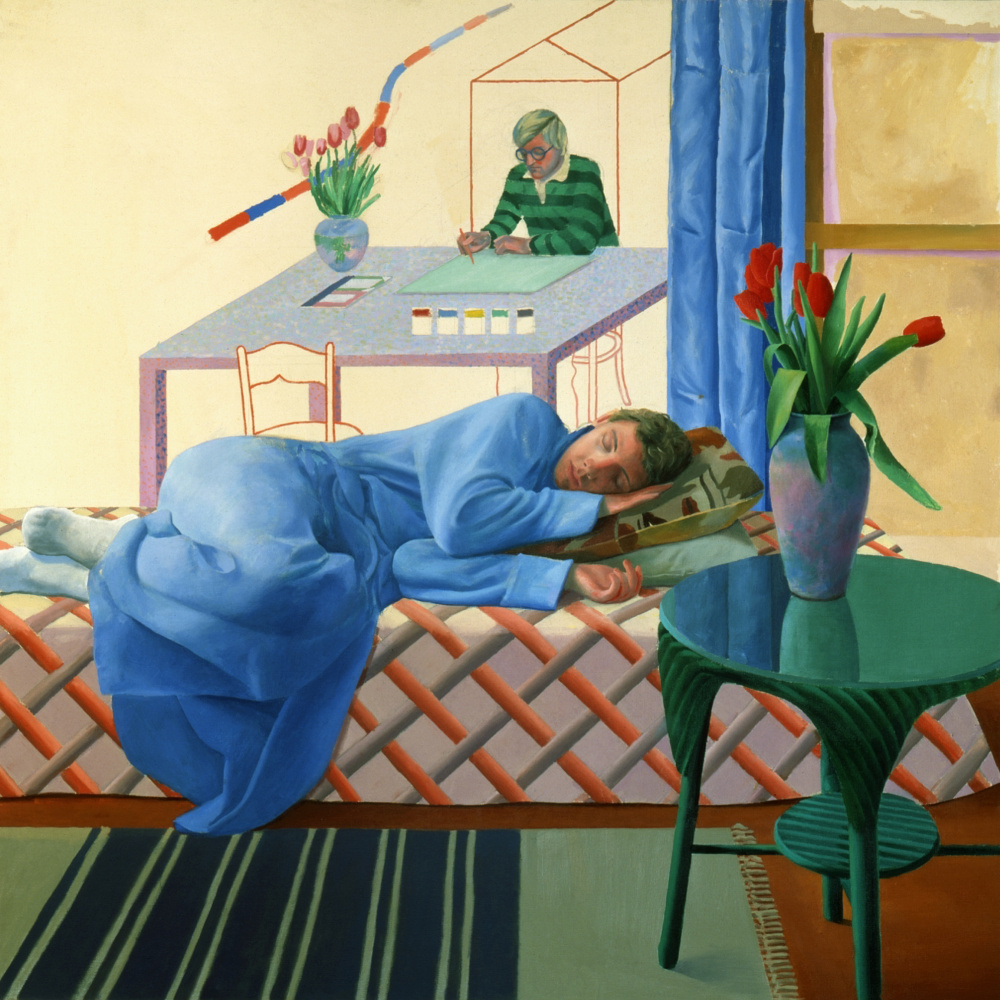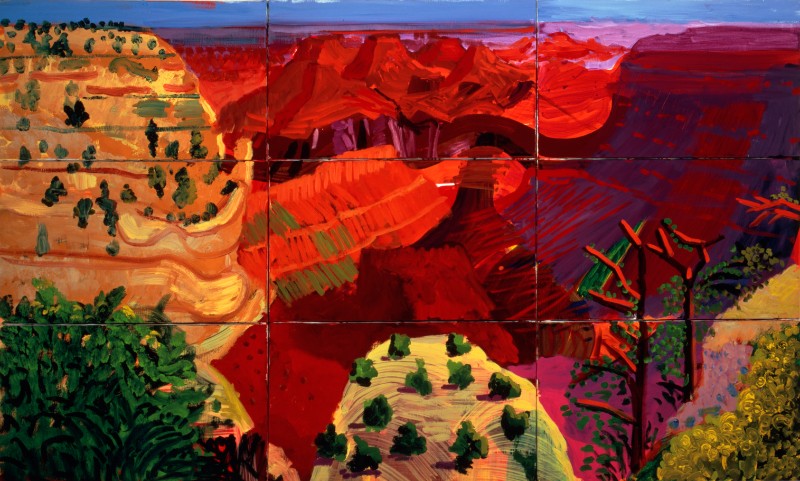Note: This novel was the 2018 WINNER of the Prix Anaïs Nin in Paris.
“This is a novel. All facts are true, but I have imagined feelings, thoughts, and dialogue. I used intuition and deduction rather than actual invention. I sought coherence and connected pieces of Hockney’s life puzzle from what I found in many sources – autobiographies, biographies, interviews, essays films and articles. This portrait reflects my vision of David Hockney, even if it was he, his work, his words, that inspired me.” – Author Catherine Cusset, opening paragraph of this novel.
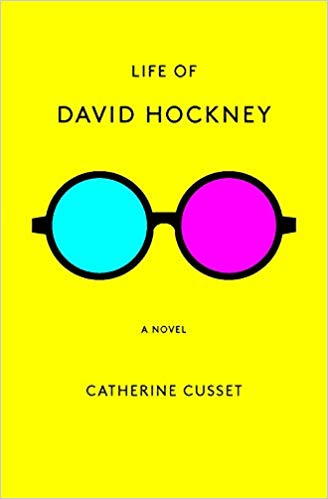 French author Catherine Cusset, the author of thirteen novels, several of which have been nominated for the Prix Goncourt and the Prix Medicis, combines fiction and biography in new ways here as she recreates the life, feelings, thoughts, and conversations of British artist David Hockney, described by some as the world’s “most famous living English painter.” Although I have read a number of such “fictional biographies,” in which the author invents conversations and thoughts for her characters, this is the first time that I have seen such a work in which the subject is someone who is still alive. Paulo Coelho’s The Spy, about Mata Hari; Ron Hansen’s The Kid, about Billy the Kid; Dinitia Smith’s The Honeymoon, about the fraught marriage of George Eliot and John Walker Cross; and Nelly Hermann’s The Season of Migration about Vincent Van Gogh’s work as a missionary in the coal mines of southwest Belgium, all provide insights into real events and cultural issues during particular time periods from the past. More importantly, they allow readers the opportunity to identify with some of these characters in new ways and see important events suddenly “come alive.” As long as these novels have had significant research, and the authors have shown sensitive insights into their subjects, my reactions to these “fictionalized biographies” have been generally positive, and sometimes even enthusiastic, despite the fact that the thoughts, feelings, and conversations of these characters have been, in all cases, only imagined by the author. This novel follows the same narrative pattern.
French author Catherine Cusset, the author of thirteen novels, several of which have been nominated for the Prix Goncourt and the Prix Medicis, combines fiction and biography in new ways here as she recreates the life, feelings, thoughts, and conversations of British artist David Hockney, described by some as the world’s “most famous living English painter.” Although I have read a number of such “fictional biographies,” in which the author invents conversations and thoughts for her characters, this is the first time that I have seen such a work in which the subject is someone who is still alive. Paulo Coelho’s The Spy, about Mata Hari; Ron Hansen’s The Kid, about Billy the Kid; Dinitia Smith’s The Honeymoon, about the fraught marriage of George Eliot and John Walker Cross; and Nelly Hermann’s The Season of Migration about Vincent Van Gogh’s work as a missionary in the coal mines of southwest Belgium, all provide insights into real events and cultural issues during particular time periods from the past. More importantly, they allow readers the opportunity to identify with some of these characters in new ways and see important events suddenly “come alive.” As long as these novels have had significant research, and the authors have shown sensitive insights into their subjects, my reactions to these “fictionalized biographies” have been generally positive, and sometimes even enthusiastic, despite the fact that the thoughts, feelings, and conversations of these characters have been, in all cases, only imagined by the author. This novel follows the same narrative pattern.
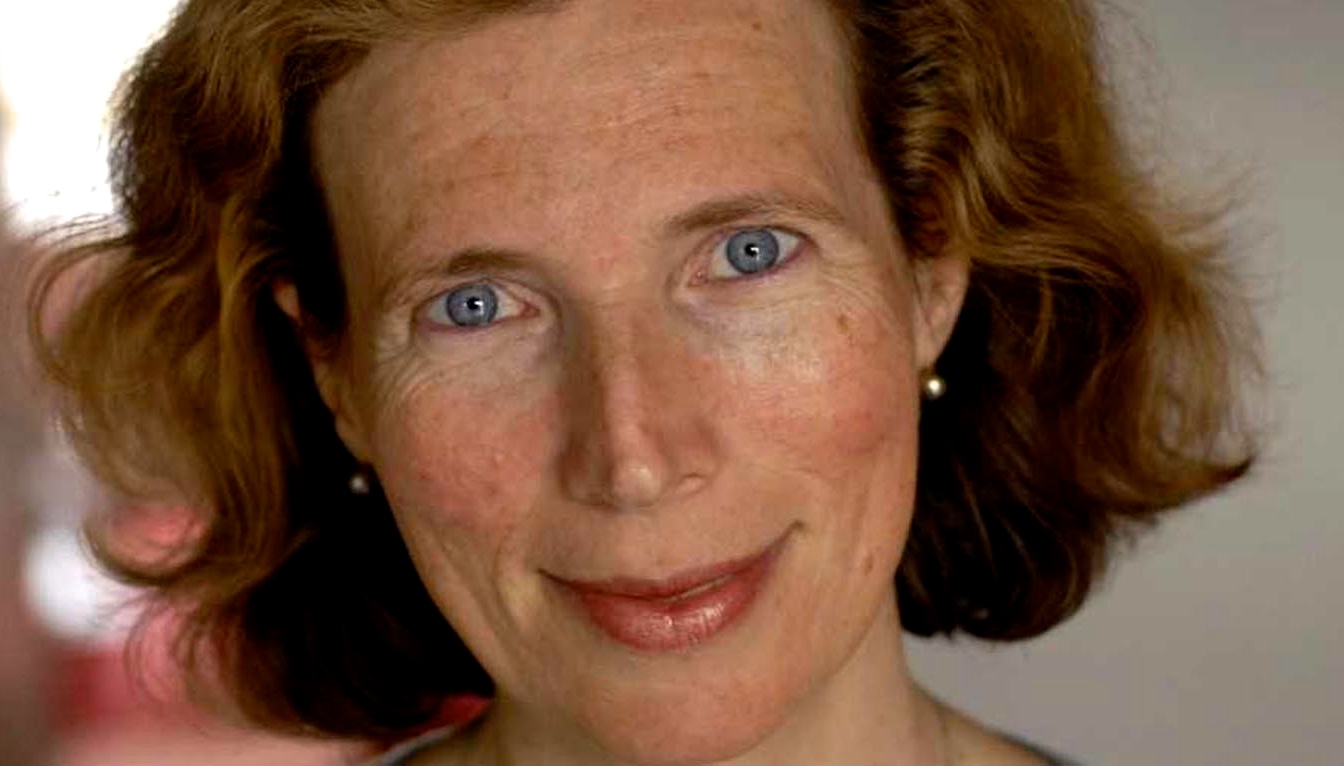 David Hockney (born in 1937) grew up in West Yorkshire in the north of England, and though his family would have been considered poor by modern standards, his life was happy. “He wanted for nothing, except paper” for his drawing, scarce then because of World War II. A dreamer and good student, he began his art schooling at sixteen at Bradford School of Art, later moving on to London at the Royal College of Art, where he discovered that most people there and throughout London were interested in abstract, not representational, art. Attempting to become more abstract in his work, he lost his excitement, and was advised by a friend to paint “things that matter to you. You don’t have to worry about being contemporary. You already are, since you live in your time.” At twenty-three, he discovered the poetry of Walt Whitman, which coincided with his growing awareness of his homosexual identity and his increasing exposure to gay life, and when he eventually traveled to New York that summer, he and two gay friends, intrigued by an ad on TV, all bleached their hair. “He had been reborn. The color signaled his gay identity – his truest, most intimate self – and at the same time it was an artifice, a mask, a lie….Life, like painting, was a stage on which you played a role.”
David Hockney (born in 1937) grew up in West Yorkshire in the north of England, and though his family would have been considered poor by modern standards, his life was happy. “He wanted for nothing, except paper” for his drawing, scarce then because of World War II. A dreamer and good student, he began his art schooling at sixteen at Bradford School of Art, later moving on to London at the Royal College of Art, where he discovered that most people there and throughout London were interested in abstract, not representational, art. Attempting to become more abstract in his work, he lost his excitement, and was advised by a friend to paint “things that matter to you. You don’t have to worry about being contemporary. You already are, since you live in your time.” At twenty-three, he discovered the poetry of Walt Whitman, which coincided with his growing awareness of his homosexual identity and his increasing exposure to gay life, and when he eventually traveled to New York that summer, he and two gay friends, intrigued by an ad on TV, all bleached their hair. “He had been reborn. The color signaled his gay identity – his truest, most intimate self – and at the same time it was an artifice, a mask, a lie….Life, like painting, was a stage on which you played a role.”
In New York while he was still a student, he met the curator of contemporary art at the Metropolitan Museum in Andy Warhol’s apartment, and before long he was selling his prints and earning money, some of which he used soon afterward to take a trip to Los Angeles, where he would live off and on, for the rest of his life. At a painting course at UCLA, he met Peter, “a gift from fate,” with whom he had a loving relationship for many years and who was the subject of “Peter Getting out of Nick’s Pool,” a painting which won the Moores Prize from the Walker Art Gallery in Liverpool. Art shows followed, along with travel to France and Italy, and when he had his first retrospective at age thirty-two, he was world famous for his imaginative work in a representational style.
Always creative, Hockney, in mid-life, began to learn new techniques for color print-making and to explore new genres. He designed a set for an opera, but he also stayed close to his family, painting a portrait of his parents which is considered one of his best. The same year, 1977, he also painted ‘Model with Unfinished Painting,” another of his very famous. Moving back to LA, he began to paint extremely large canvases, learned how to print a design right into the paper (not onto it) in the making of prints, and did some set design for the Metropolitan Opera. He began painting in 3D, worked with Polaroid to make collages of photos, and designed a Stravinsky opera for the Met. Later he did animal paintings, a gigantic painting of the Grand Canyon, made up of nine separate canvases, and did more experimentation, this time with the use of an iPhone to make sketches. More creative time was spent making and arranging hundreds of photographs which contribute to one massive photographic work. All was not happiness in his own life, at this point, however. The novel also describes the many deaths of his friends by AIDS and other illness, the loss of family and friends, and Hockney’s own health problems with deafness and eventually a stroke.
Catherine Cusset’s novel feels real – so real, at times, that it sometimes feels a bit intrusive to me, failing to maintain any privacy barrier between the artist and the novel and sometimes telling me more than I needed or wanted to know about Hockney and his personal life unrelated to his art. Although Cusset met Hockney once in May, 2018, after she had given him a copy of her already completed novel in French, she does not acknowledge any other personal contact with him, nor does she use footnotes or credit her other sources for the information she provides here. She simply lists the twelve books she used as resources, three of them by Hockney, four newspaper articles, and four films which she consulted as she wrote this book. Her own imagination is stellar, and her style is romantic and colorful, but since she relied heavily on three of Hockney’s own books, it would have been helpful to me, at least, to know how much he and his own commentary contributed to Cusset’s analysis of Hockney’s personality and his feelings toward his work and his relationships.
Note: The book contains no photographs. To see the photos here more clearly, double click to see them on their websites.
Photos. The author’s photo appears on https://www.radioclassique.fr/magazine/articles/catherine-cusset/
“Peter Getting Out of Nick’s Pool,” from 1967. http://www.liverpoolmuseums.org.uk/
“My Parents,” 1977. https://www.tate.org.uk/
“Model with Unfinished Self-Portrait,” 1977. https://arthive.com/
“Grand Canyon,” 1998. http://www.artandantiquesmag.com

